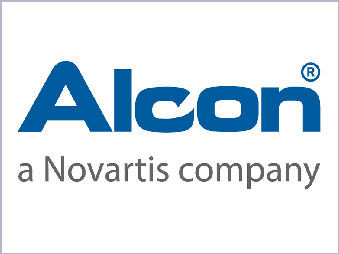Alcon
Situation
Existing business practices, which brought the company solid market dominance, historically rewarded distinct business units and geographic areas for operating independently and in competition with each other. The organization began to face major challenges in sustaining market dominance due to new competitive entrants, changing regulatory and market environments, slowing R&D pipelines, and an aging management team. CLA was asked to develop new practices for the organization to maintain its strong position in an increasingly complex marketplace.
CLA Approach
CLA worked with high potential managers and directors in the global and regional sales and marketing functions to identify the challenges of penetrating new markets, to understand what was preventing the organization from making progress in these areas, and to expand the skills needed to address those challenges. CLA also helped these individuals develop an ability to work across existing boundaries in ways traditionally not practical or possible in the culture. They did so by creating and fostering a sense of shared responsibility and valuing their diversity of experience.
The CLA approach to developing these individuals was through a three-phase program of experiential sessions exposing participants to the principles of Adaptive Leadership. In order to advance through the phases, they had to earn their way by demonstrating both personal growth and business outcomes emanating from their leadership efforts. This included managing competing priorities, appreciating others perspectives, and acknowledging that past solutions may no longer work to achieve the goals of the organization moving forward. With each successive phase, the number of participants practicing leadership decreased leaving a core of highly talented, learning agile individuals who were rapidly promoted into business critical areas.
Results
The result is a clearly defined talent pool with an increased capacity for leadership, able to tackle increasingly complex environments and thrive on new challenges. These individuals demonstrated an increased willingness to move beyond traditional means of capturing market share and look both internally across functions and externally for opportunities to approach the business differently. Participants increased their contributions by delivering on the current needs of the business, while shaping the future through increased collaboration and pursing new opportunities to drive growth. The impact was seen on these individuals as well as the teams they led. They learned to no longer look to senior management for all of the answers, but to be architects of the future for themselves and their organization. These changes in behavior made them a much more versatile player in markets in which they compete.

